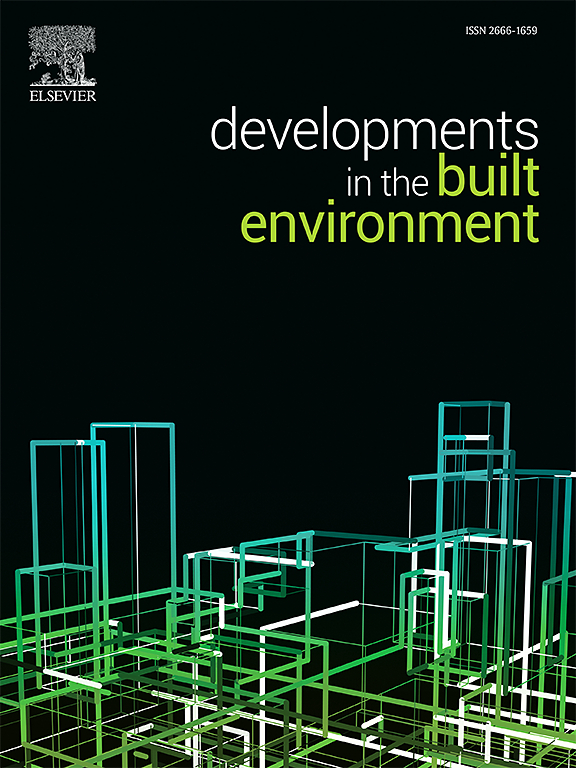Machine learning based life prediction of rail tracks using environmental and operational factors
IF 8.2
2区 工程技术
Q1 CONSTRUCTION & BUILDING TECHNOLOGY
引用次数: 0
Abstract
This study presents an integrated method using machine learning approaches for rail track life prediction, including environmental and operational aspects. Comprehensive data were obtained by analyzing metro rail replacement and maintenance data spanning over two decades from South Korea. Multiple regression-based machine learning models were used in the proposed framework to forecast rail life, including categorical boosting (CATB), extreme gradient boosting (XGB), random forest, and decision trees. The average temperature, maintenance count, and passenger volume were revealed from the feature importance evaluated using permutation and Shapley value analyses after Bayesian optimization. The results demonstrate that the XGB and CATB models obtain a coefficient of determination of approximately 0.81 for the test set under actual conditions despite minimal outlier removal. Moreover, this research demonstrates useful applications by mapping forecasts to particular rail segments, thus enabling data-informed maintenance scheduling and proactive decision-making in asset management systems.
利用环境和运行因素进行基于机器学习的铁路轨道寿命预测
本研究提出了一种使用机器学习方法进行铁路轨道寿命预测的综合方法,包括环境和运营方面。通过分析韩国20多年来的地铁轨道更换和维护数据,获得了全面的数据。在提出的框架中,使用了基于多元回归的机器学习模型来预测铁路寿命,包括分类增强(CATB)、极端梯度增强(XGB)、随机森林和决策树。利用贝叶斯优化后的置换和Shapley值分析对特征重要性进行评价,得出平均温度、维修次数和客运量。结果表明,在实际条件下,XGB和CATB模型对测试集的决定系数约为0.81,尽管有最小的异常值去除。此外,该研究通过将预测映射到特定的铁路段,从而在资产管理系统中实现数据知情的维护计划和主动决策,从而展示了有用的应用。
本文章由计算机程序翻译,如有差异,请以英文原文为准。
求助全文
约1分钟内获得全文
求助全文
来源期刊

Developments in the Built Environment
Multiple-
CiteScore
7.40
自引率
1.20%
发文量
31
审稿时长
22 days
期刊介绍:
Developments in the Built Environment (DIBE) is a recently established peer-reviewed gold open access journal, ensuring that all accepted articles are permanently and freely accessible. Focused on civil engineering and the built environment, DIBE publishes original papers and short communications. Encompassing topics such as construction materials and building sustainability, the journal adopts a holistic approach with the aim of benefiting the community.
 求助内容:
求助内容: 应助结果提醒方式:
应助结果提醒方式:


